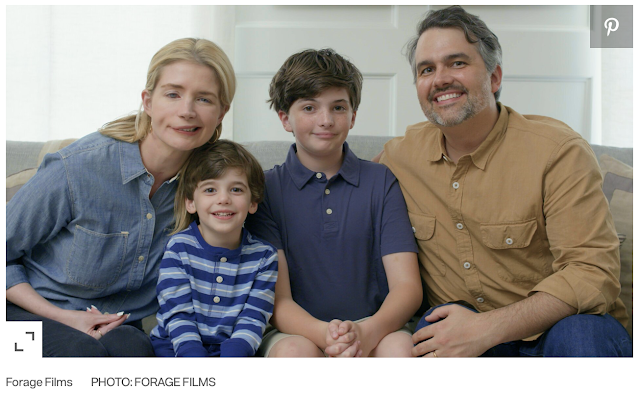Hierarchy of Mobility Skills
In the therapeutic setting, it is crucial to know the next step in mobility for your client. We as OT practitioners must understand what added difficulty each step of mobility brings. The hierarchy of mobility skills is as follows: bed mobility, mat transfer, wheelchair transfer, bed transfer, functional ambulation for ADL, toilet & tub transfer, car transfer, functional ambulation for community mobility, and community mobility & driving. As I think through these steps and consider what I have observed in the therapeutic setting in the past, I can definitely agree with this hierarchy approach. I believe as the pyramid "goes up," the mobility skills get more and more difficult, and require much skill and muscular strength. I especially think this when I think about the "toilet and tub transfer" level - this skill is exceptionally difficult because of the added obstacle of water. Water makes everything slippery, and thus requires adequate muscular strength, balance, and coordination in order to not slip and thus become injured. I do think this step is even harder than the "functional ambulation for ADL" step because I believe toilet and tub transferring is much more difficult than standing in the kitchen cooking, for instance. "Community mobility and driving" is undeniably the peak of the hierarchy pyramid, because community mobility involves other people potentially crashing into you and knocking you over, and driving is a very difficult task that also has the added difficult of other people on the road. Therefore, I believe the hierarchy of mobility skills is an exceptional way to judge a client's next step in his or her mobility skills.

Comments
Post a Comment